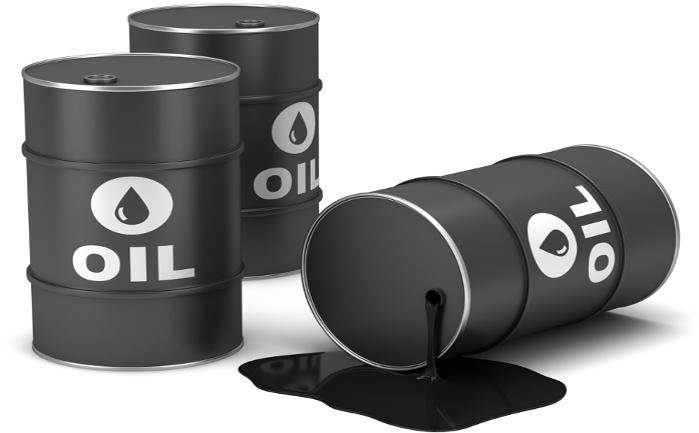It’s a battle royale of two aligned but opposing forces, paradoxes of different economic positions and justifications. Its the the unstoppable force of OPEC production cuts and soaring global demand meets the immovable object the U.S. shale oil production glut.
This battle will will determine not only the price of crude, which is hitching close to it’s highest in two years near $60 a barrel, but also the fortune of Big Oil companies and energy-rich countries from Saudi Arabia to Nigeria to Russia and Brazil.
The OPEC cuts along with soaring demand normally would have shoot up crude oil price above $60 but the increased production of the U. S shale has somewhat negates all OPEC’s moves. The U. S shale output has been a rebalancing force on the market.
While OPEC and 11 rival producers, including Russia, have committed to output cuts of 1.8 million barrels per day (bpd) until March 2018 to help global supply align with demand., the .S. shale production has continued to rise for the 10th month in a row in October to a record 6.1 million bpd.
“With high adherence by OPEC members to the output cut decision in recent months, the market is seen tightening … With the rise in prices, we expect the U.S. to continue pumping higher output, thus impacting market rebalancing,” said Rahul Prithiani, director at CRISIL Research.
With demand outpacing supply, crude and refined products inventories are shrinking. In developed countries, commercial stockpiles fell in July to 190 million barrels over the five-year average, compared with a 302 million-barrel surplus in January, according to the International Energy Agency. Supplies stored at sea are dwindling too.
Global oil demand is growing faster than the 10-year average on the back of strong diesel consumption. “This is a perfect world for refining,” Gary Ross, the founder of consultant PIRA Energy, said on the sidelines of the APPEC conference, held by S&P Global Platts. As refiners enjoy strong margins, they have an incentive to buy more oil.
Still, even the most bullish traders believe the Organization of Petroleum Exporting Countries and its allies, which include Russia and Mexico, need to extend output cuts that are set to expire at the end of March 2018 to avoid a build-up in inventories. The need for sustained production curbs is a sign the bulls are on fragile ground.
If OPEC takes advantage of the demand-driven rally and ends its production cuts in early 2018, global supply will again threaten to overwhelm demand, pushing stockpiles up and depressing prices.
“It might look tempting to take advantage of the current price strength momentarily, but if OPEC acts responsibly now, short-term pain will lead to a long-term gain and not the other way round,” said Tamas Varga, an analyst at brokerage PVM Oil Associates Ltd.
Sources: Reuters, Blomberg, IEA




